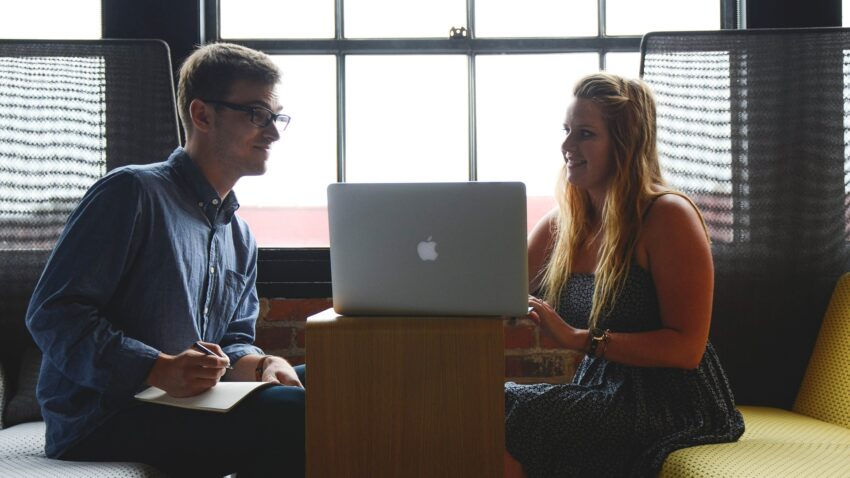
Many people are driven into entrepreneurship based on a desire to share a deeply held passion they have with the rest of the world. Passion is often the fuel that propels people to take the entrepreneurial leap.
Bootstrap!
Starting with your passion rather than with a compelling market need inherently increases the risk of your startup. There may or may not be enough people who share your passion. Until you test the market, you cannot be confident that there is a big enough market and that your customers will be willing to pay enough to make your business profitable. These are the key elements of a successful business model.
In her article about the five steps to turn a passion into profits, Caroline Castrillon explains how to mitigate the risk of building a business from a passion. She suggests that you start small, don’t quit your day job, set manageable goals, outsource whenever possible, and set a clear vision for the business. These steps help you prove there is really a market for your idea while limiting your financial commitment. These are all foundational elements of bootstrapping.
Pivot Your Passion to the Market
As you bootstrap your startup, you need to use the information you learn from the market to pivot your business model. Wes Moore, founder and CEO of BridgeEdU, says he succeeded turning his passion into a thriving business by learning what problems his potential customers have and using that information to strengthen his business model. This often requires the entrepreneur to pivot from their initial business model to one that better aligns with customers’ needs.
When the Market Doesn’t Exactly Share Your Passion
Getting entrepreneurs with a strong passion to pivot their business model is easier said than done. I have found that they may become defensive when they feel what they are passionate about is being challenged. However, it does not mean the entrepreneur needs to give up what motivated them to create a business based on their passion. They just may need to tweak what they offer. A pivot to the business model may be necessary to better align with what the market is seeking.
Ryan Reisdorf turned his passion for healthy food into a thriving business. However, he had to be willing to pivot his initial offering to make the business successful.
Ryan, a Type I diabetic, wanted to create a business that sold “healthy eating.” He founded his business, called Placemat, to sell healthy prepared meals in Nashville. He got some advice from a mentor at the Nashville Entrepreneur Center that fundamentally changed the value proposition of his new business.
“I pitched him on what I was doing. And he’s like, ‘You’ve got it wrong, man. You’re leading with something that 90% of the world doesn’t care about – health. You’re providing a seamless way for somebody to have a private chef come to their home. That’s it. Nothing more, nothing less. When you get into the home, that’s when you get to talk about health and the why of Placemat. When they take that first bite, that’s when you get to talk about health. That’s where your value is.’
“And sure enough, I took his advice and haven’t looked back. It’s changed the direction of the company.” (from “Ryan Reisdorf” in Entrepreneurial Voices)
Ryan pivoted his value proposition without compromising on what drives him as an entrepreneur — offering customers healthy food. He just needed to adjust how he sold it to his customers. He has found a business model that is fueled by his passion and meets a market need!








 (Photo source: Image by
(Photo source: Image by